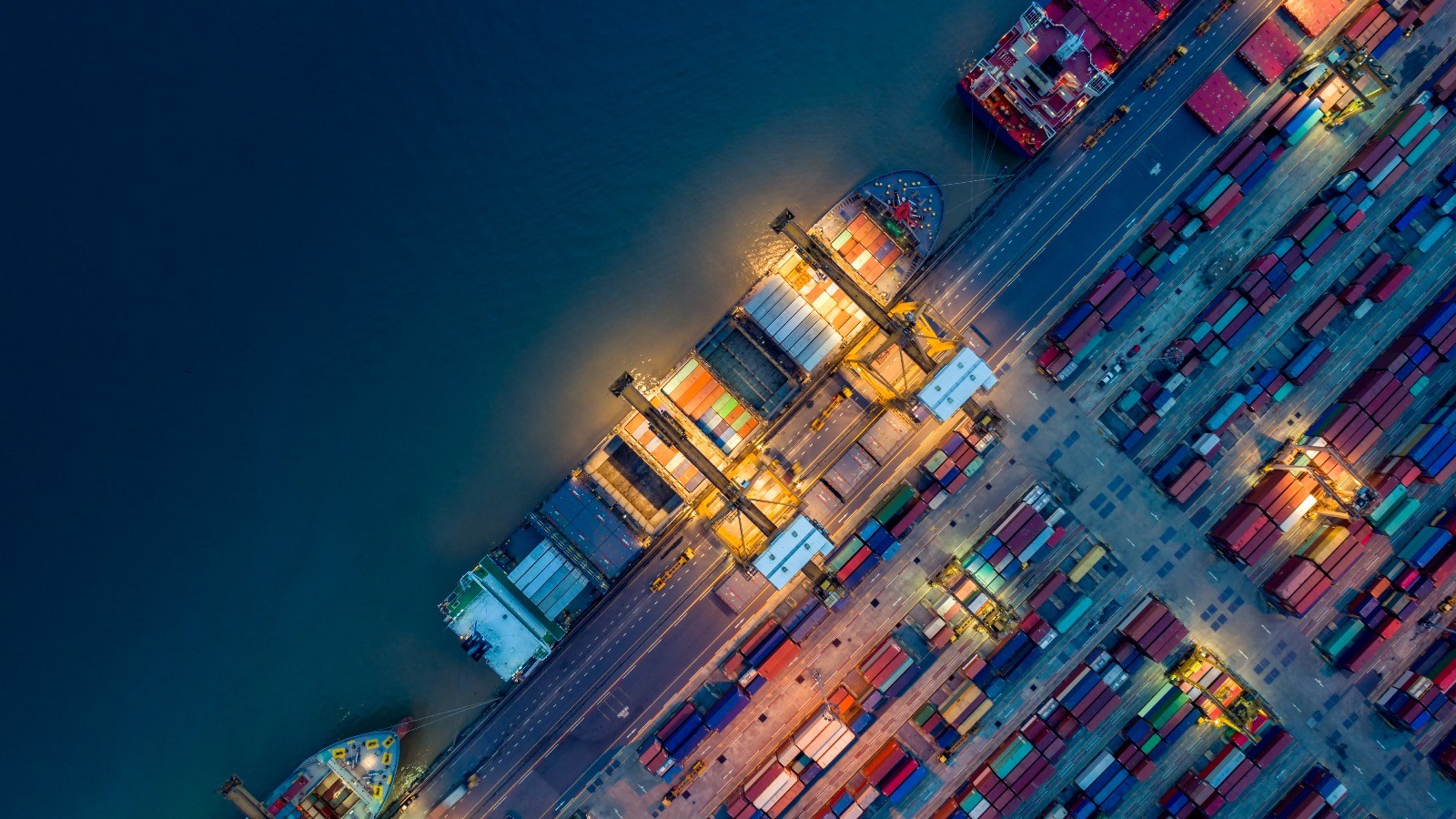Is there forced labour hidden in your supply chain? How can you mitigate the risk of forced labour when it’s difficult to uncover in your complex business relationships and vendor/supplier networks? And what legal, organisational and reputational risks does forced labour pose to your organisation?
Proactively tackling forced labour
Affecting 27.6 million people worldwide, forced labour is typically enforced by threat of violence, deportation or financial obligation. Increasingly stricter national, European and international regulations have been introduced to tackle the issue.
In response to these regulations and to protect the people who help produce their products and services, organisations are now taking steps to proactively root out forced labour from their supply chains. But this means taking a detailed look at your value chain: a 2023 study estimates that for EU companies, the likelihood of encountering child or forced labour is 8.5% for tier 1, 84.5% for tier 2 and 99.1% for tier 3. Engaging with external stakeholders, ranging from suppliers and local communities to non-governmental organisations and industry groups, can also help organisations to create processes for identifying, mitigating and preventing human rights risks.
To further assist your organisation to mitigate the risks associated with forced labour, PwC has developed a comprehensive approach. Download the whitepaper or contact us to discover more.
Download our whitepaper
Is there forced labour in your supply chain?
Contact us
Partner, Ghent, PwC Belgium
Ben Colson
Colin Metzler
Marvin Yabili











